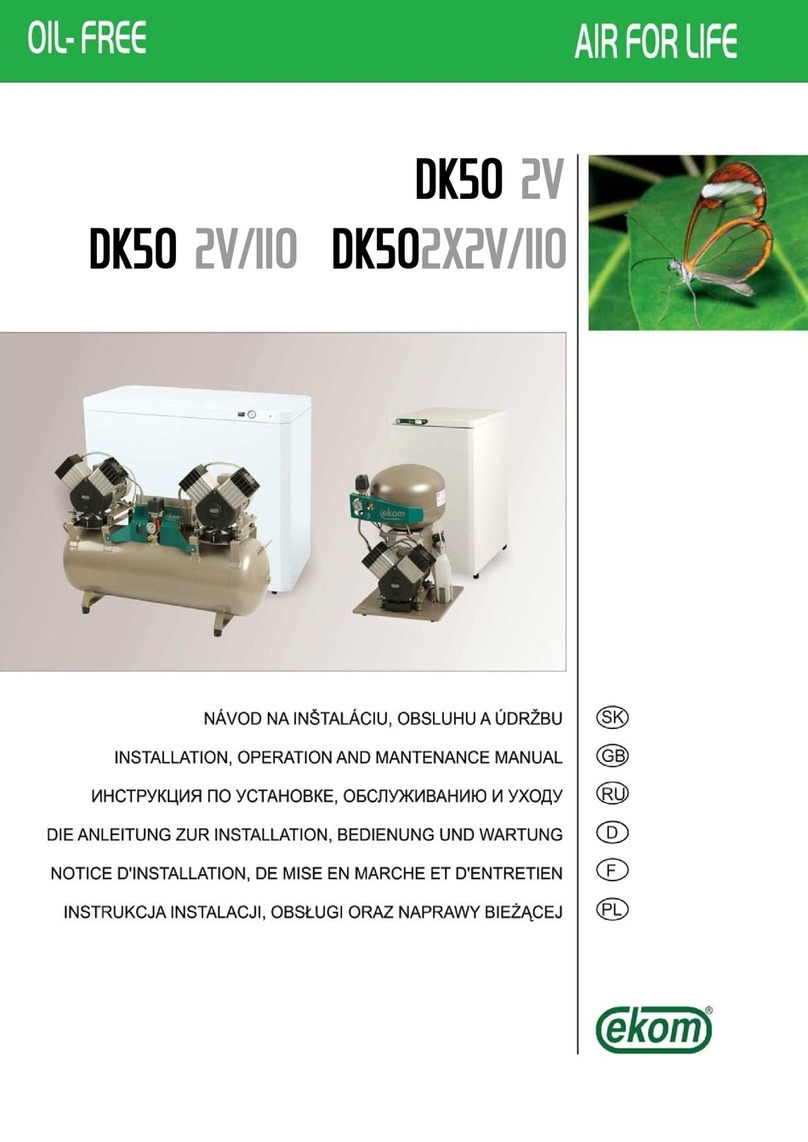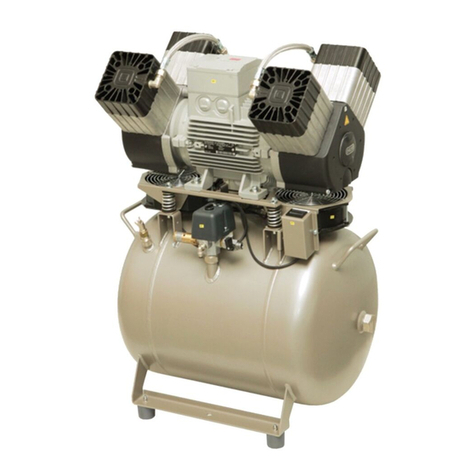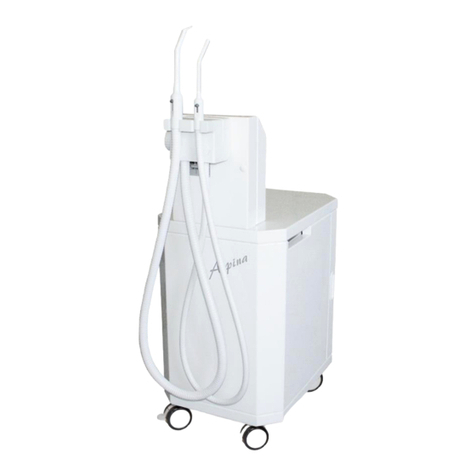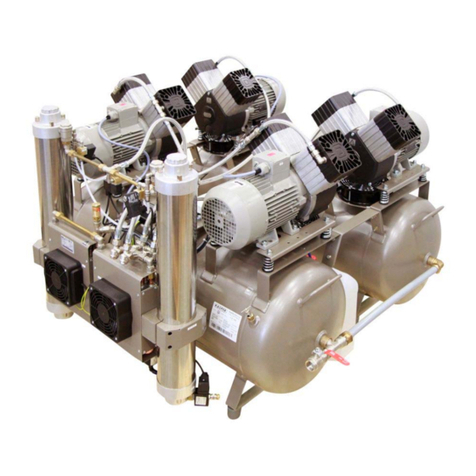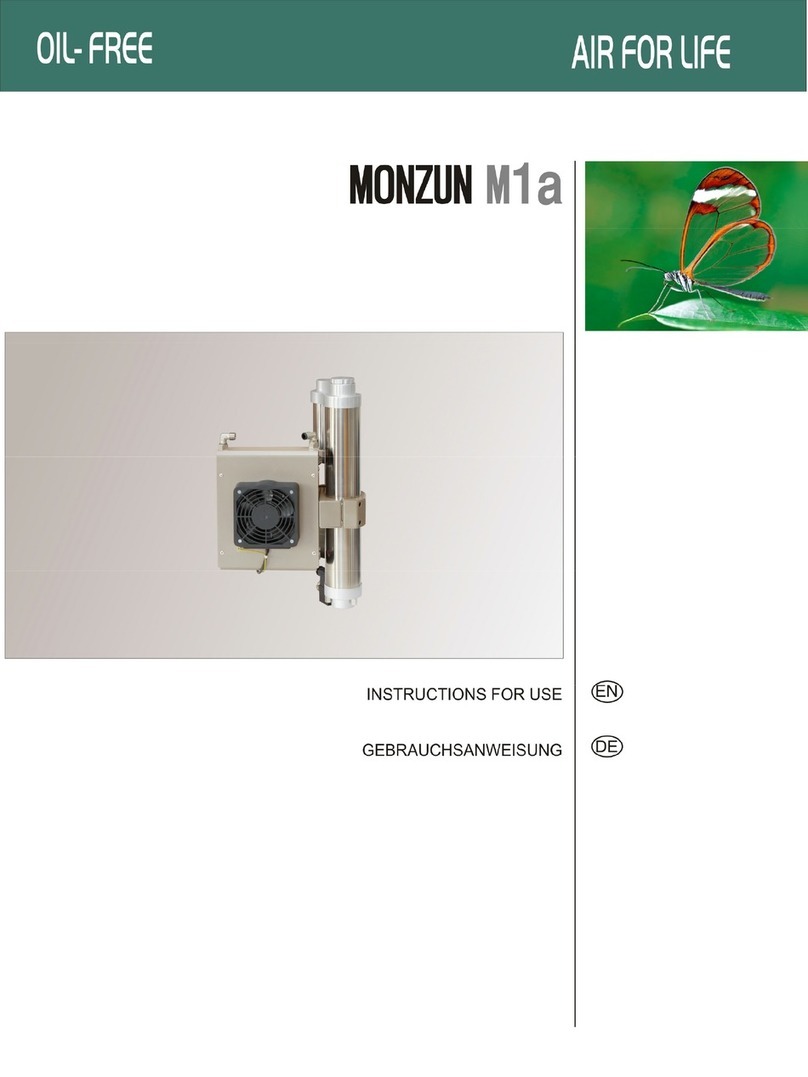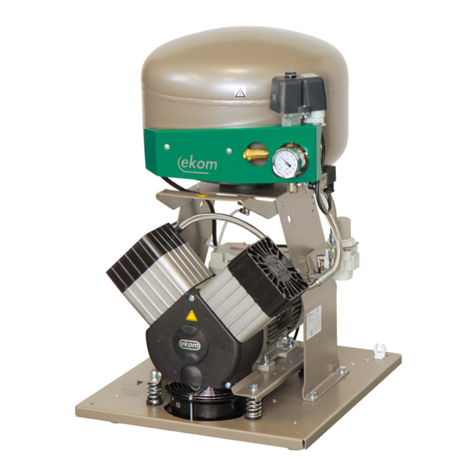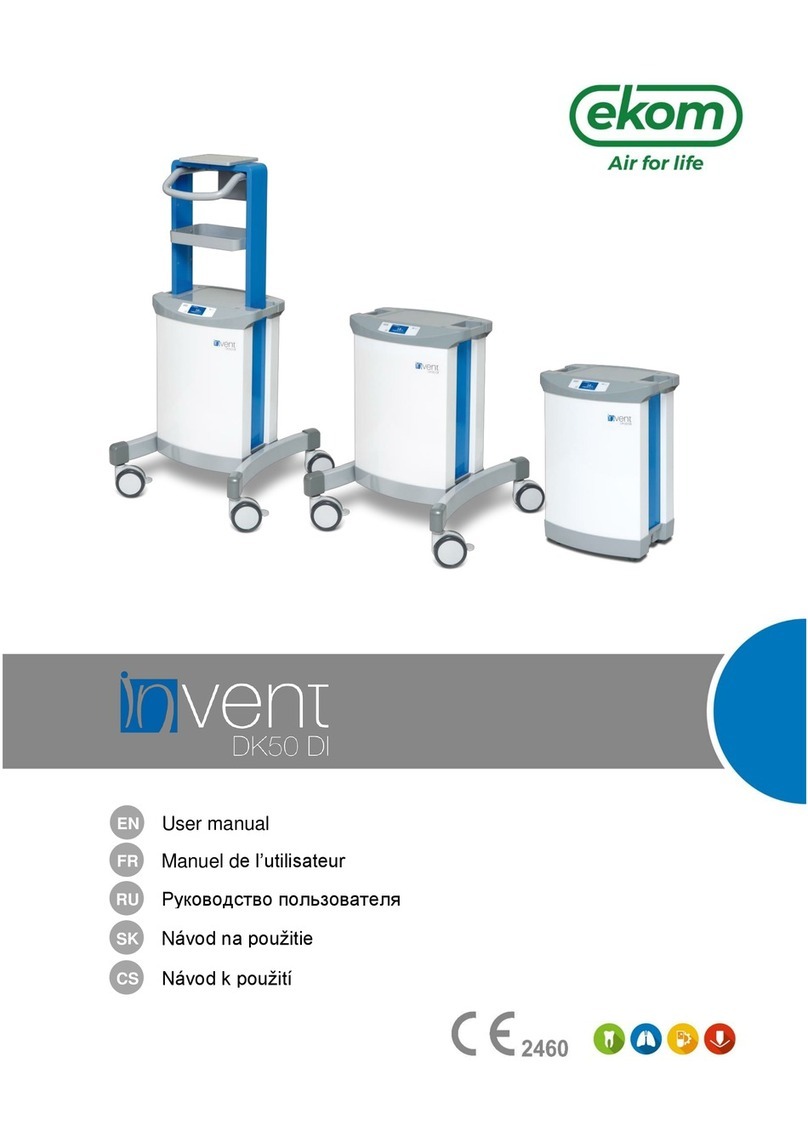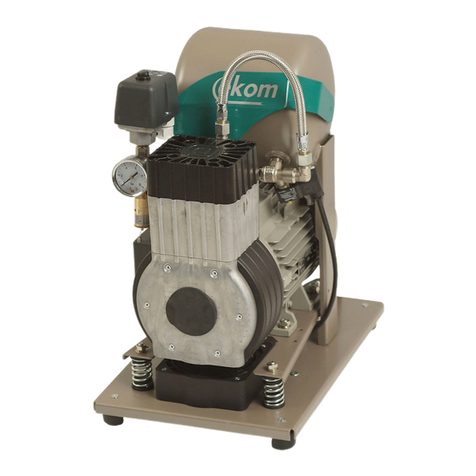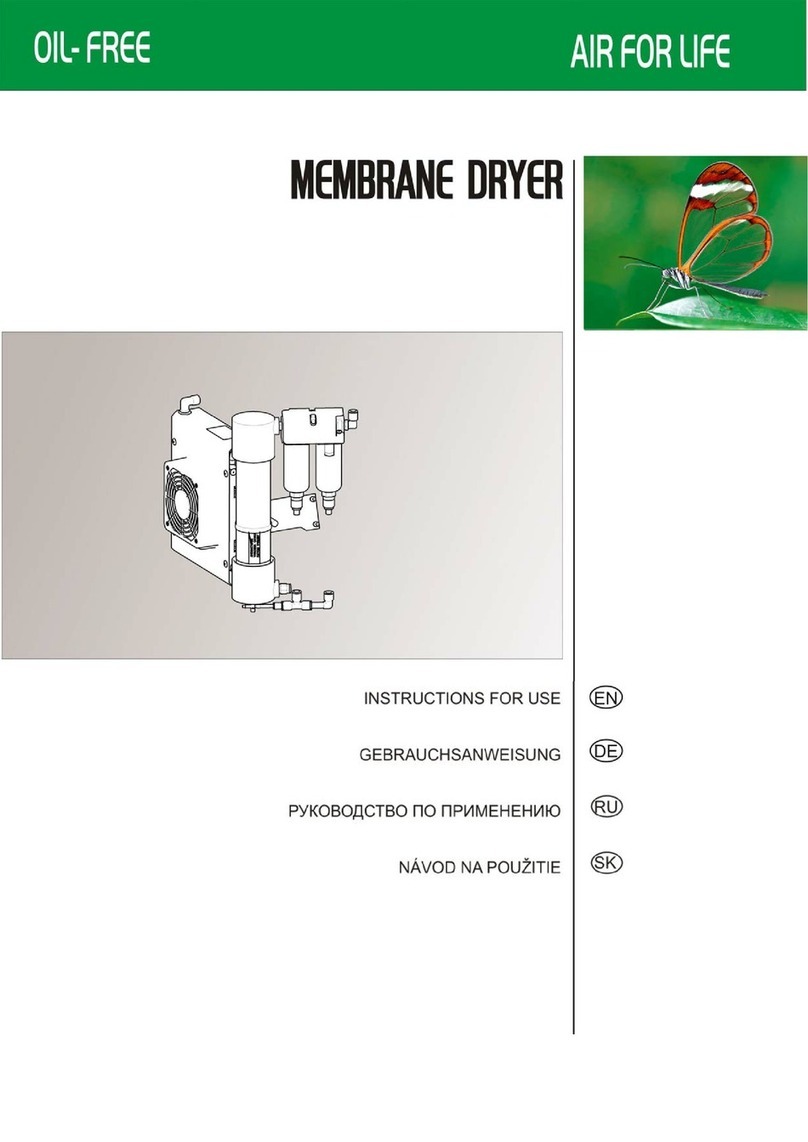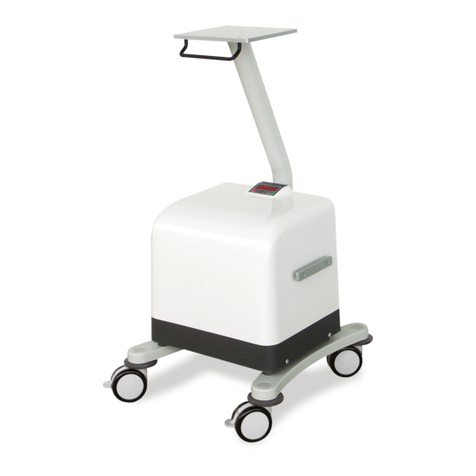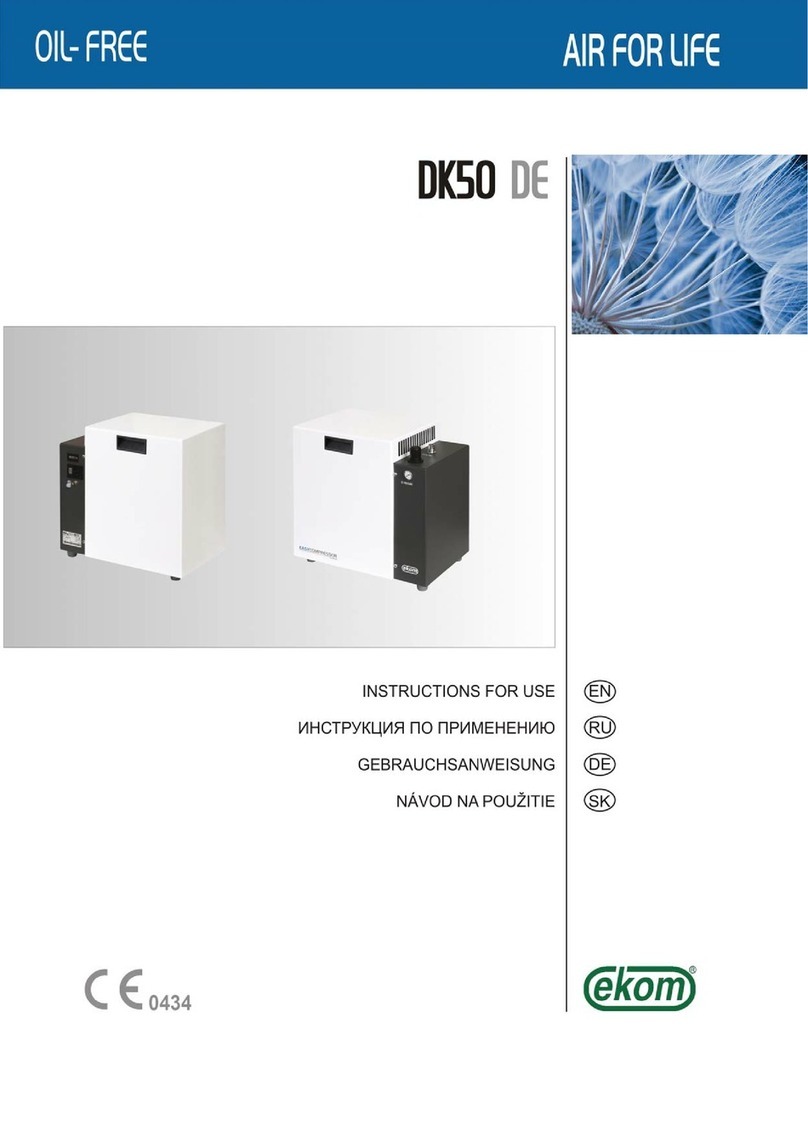
CONTENTS
NP-eVENT-6_11-2010.doc 1 GB
CONTENTS
1. GENERAL INFORMATION............................................................................................2
INDICATIONS FOR USE ..........................................................................................2
OPERATOR'S RESPONSIBILITY FOR PATIENT SAFETY.....................................2
MARKING..................................................................................................................2
WARNINGS...............................................................................................................2
General safety warnings ..................................................................................3
Safety warnings regarding the protection agaist electric current......................3
ALERT NOTICES AND SYMBOLS...........................................................................4
USAGE ON PURPOSE.............................................................................................5
STORAGE AND TRANSPORT CONDITIONS..........................................................5
2. DEVICE DESCRIPTION.................................................................................................6
3. TECHNICAL DATA........................................................................................................8
4. OPERATION..................................................................................................................9
INSTALLATION AND FIRST PUTTING INTO OPERATION.....................................9
Unfixing of the air pump...................................................................................9
Compressed air connection ...........................................................................10
Electric connection.........................................................................................10
First putting into operation..............................................................................11
Additive accessory.........................................................................................11
PERSONNEL..........................................................................................................12
Switch on compressor....................................................................................12
Running on compressor.................................................................................12
Cleaning of air intake filter..............................................................................13
Cooling failure alarm......................................................................................13
Cleaning the compressor...............................................................................13
5. MAINTENANCE...........................................................................................................14
INFORMATION ON REPAIR SERVICE..................................................................14
INTERVALS OF MAINTENANCE ...........................................................................14
Check of safety valve.....................................................................................15
Replacement of filters of air pump..................................................................15
Replacement of filter in blow filter ..................................................................16
Replacement of filter in pressure regulator ....................................................16
Checking of capacity......................................................................................17
Fixing of compressor before shipping............................................................17
CUT-OFF.................................................................................................................17
DISPOSAL OF THE APPLIANCE...........................................................................17
6. TROUBLESHOOTING.................................................................................................18
7. SPARE PARTS............................................................................................................19
8. ELECTRIC AND PNEUMATIC DIAGRAMS................................................................20
WIRING DIAGRAM.................................................................................................20
PNEUMATIC DIAGRAM..........................................................................................21
9. PARTS LIST ..............................................................................................................64
10.WARRANTY ..............................................................................................................67
